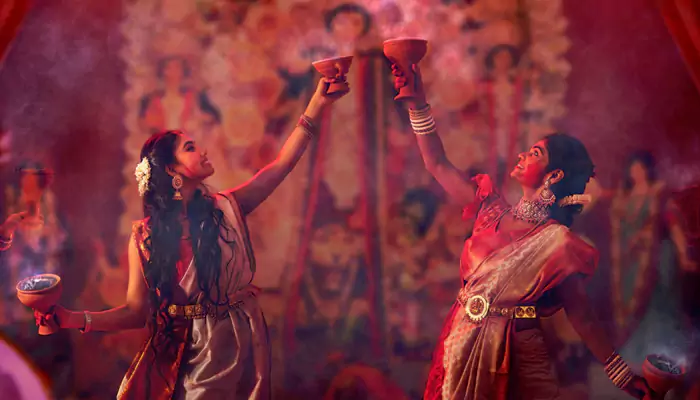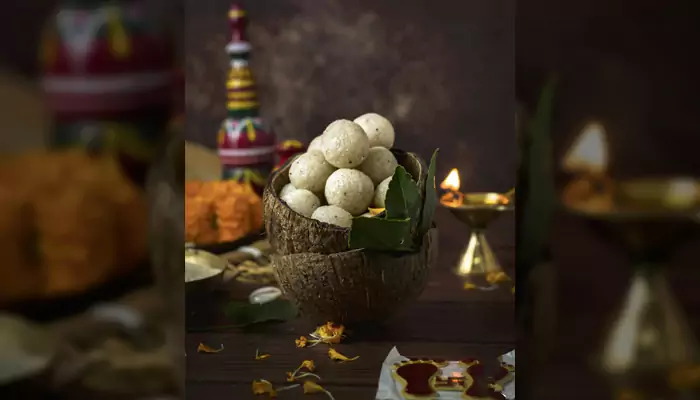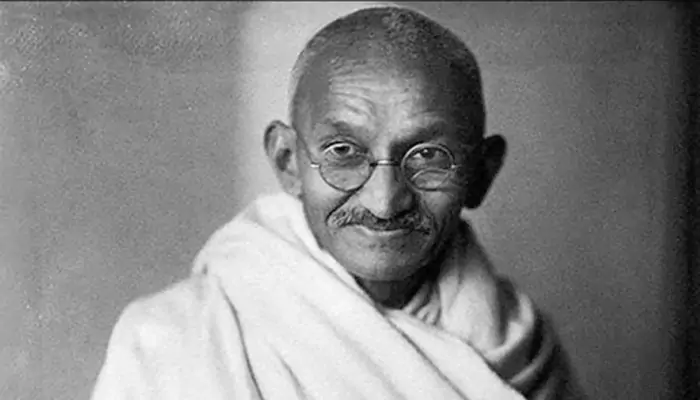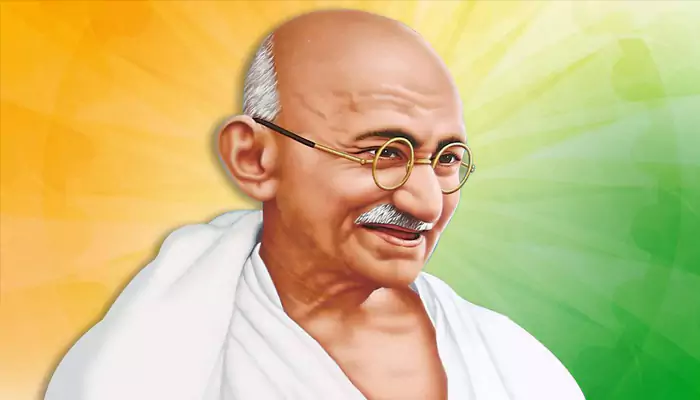Chhath Puja 2025: Key Rituals and Fasting Rules to Follow During the 36-Hour Vrat
- Admin
- 2 months ago
- 4 minutes read
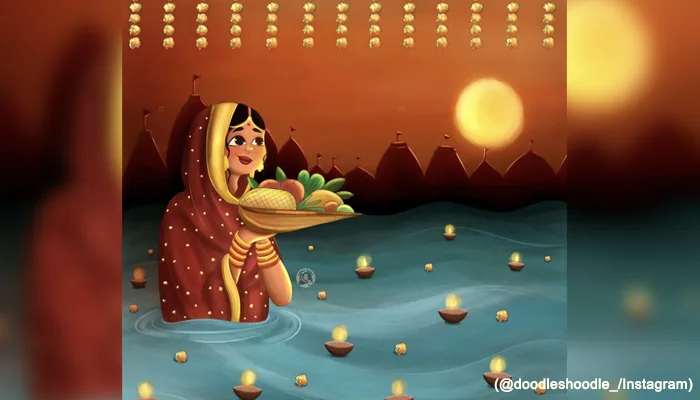
Tracing the quiet power of devotion through the sunlit rituals and steadfast fasts of Chhath Puja.
You know there’s something kind of mesmerizing about the whole Chhath Puja thing. It’s not your everyday festival; it’s this intense, soulful journey that somehow stretches over four days but compresses life’s purest emotions into a marathon of devotion and fasting that lasts a grueling 36 hours. And honestly, if you’ve never really sat down to understand what’s buzzing behind all the rituals and the unyielding reverence for the Sun God and the riverside ceremonies - you’re in for a real eye-opener.
The Curious Case of the 36-Hour Nirjala Vrat
(@the_forthright_guy/Instagram)
Now, whether it’s iron will or pure spiritual grit, this is one fasting rule that demands respect. No food, no water. Nada. Zero. It’s called Nirjala vrat for exactly that reason - unbroken, waterless fasting that tests both body and mind. For those thinking, “That’s part physical, part mental, and all respect,” you’re not wrong. The fast kicks off after the second day, post-Kharna, and holds strong until you’ve performed your final morning prayers on the fourth day. Trust me, the mental toughness is real, but there’s more than just abstaining here - the entire act is steeped in gratitude to Surya Dev (the Sun God) for energy, life, and wellbeing.
Day 1: Nahay Khay - Cleaning More Than Just the Body
(@the_forthright_guy/Instagram)
Let’s start with a bath - not your casual splash, but a ritual immersion into purification. Devotees bathe in holy rivers or ponds before consuming the traditional meal of rice, bottle gourd, and Bengal gram lentils cooked without a hint of garlic or onion. Why such strict food? Because purity isn’t just in the heart; it’s on the plate too. This day’s also about cleaning your space, your utensils, your surroundings because nothing short of pristine gets you ready to hold the fast that’s coming.
Day 2: Kharna - The Fast Begins, and Oh, the Sweet Relief
(@therawtextures/Instagram)
If Day 1 sets the mood, Day 2 is when the real commitment starts. From sunrise to sunset, devotees observe a fast without a sip of water. Come evening, they break this partial fast with a sumptuous jaggery kheer (a rice pudding with jaggery), chapatis, and seasonal fruits. This meal is not just nourishment; its sacred offerings, prasads that symbolize both gratitude and the calm before the 36-hour Nirjala storm. After this, the hardcore waterless fast starts, which literally lasts until after the final prayer, in the cool early morning.
Day 3 & 4: The Grand Arghya Offerings - Sunsets and Sunrises by the Water
(@muzzafar_beats/Instagram)
As the sun dips behind the horizon on Day 3, you find devotees standing ankle-deep in rivers or pond water, holding beautifully decorated bamboo baskets called soops filled with thekua (a special sweet), sugarcanes, coconuts, bananas, and seasonal fruits. The evening ‘Arghya’ to the setting sun might just be one of the most visually poetic rituals—l - so serene, so earnest. The next morning brings the final offering to the rising sun at dawn, marking the end of fasting and the beginning of celebration. It’s a moment thick with emotion, a communion between human and cosmos, where faith meets sheer perseverance.
The Heartbeat Beneath the Rituals
(@ashish_bharti_vlog/Instagram)
More than rules or fasting, Chhath Puja is a silent yet powerful testament to gratitude - gratitude for the sun’s ceaseless rays, for water’s purity, for nature’s generosity, and family’s undying support. It sparks off a tidal wave of community bonding since these rituals pull entire neighborhoods and families together on riverbanks, singing folk songs, sharing stories, and sometimes, just soaking in the collective spiritual vibe.
Chhath Puja isn’t just about ticking off rituals on a checklist. It’s about embracing discipline with a touch of joy, about setting aside the everyday noise to focus on something bigger, deeper, elemental. And that 36-hour fast? It’s the ultimate symbol of commitment—not a punishment but a sacred pact, a pause button on the chaos, reminding us that sometimes, less really is more.
So yes, this Chhath Puja, when you see the lamps flickering by the riverside or hear the chants floating on the breeze, remember - it’s the quiet strength of millions quietly honoring life’s source, powered by devotion, discipline, and humanity’s humble love affair with the sun.

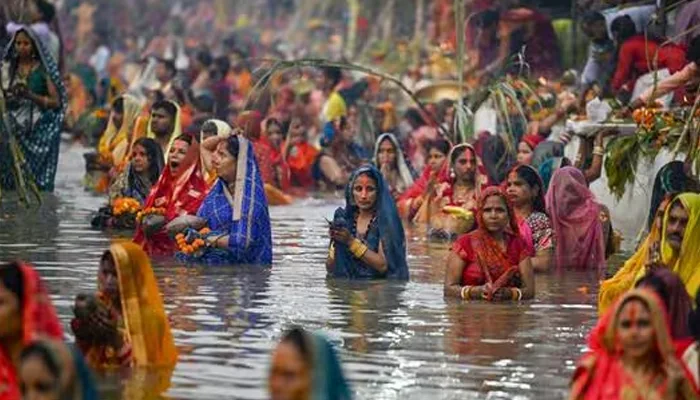
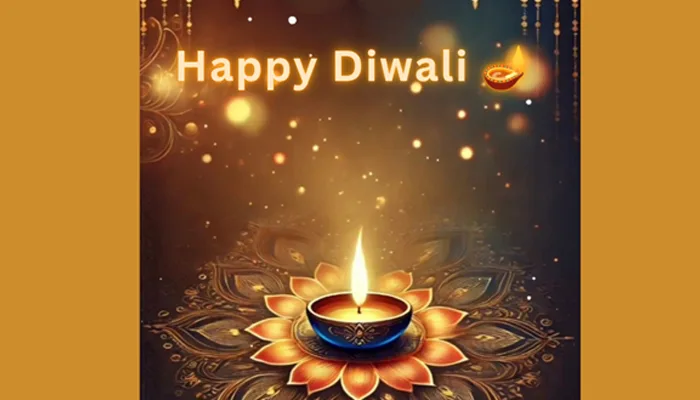
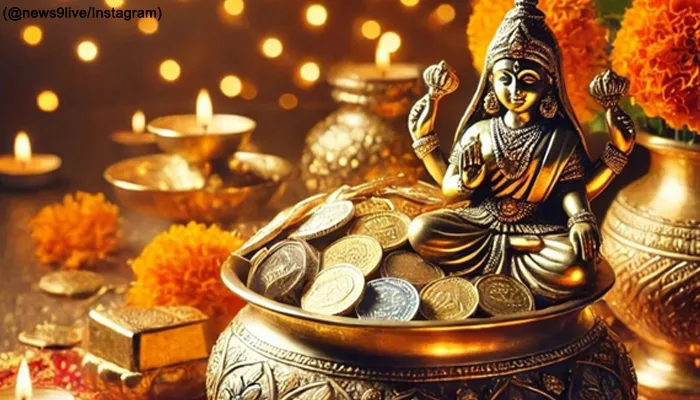
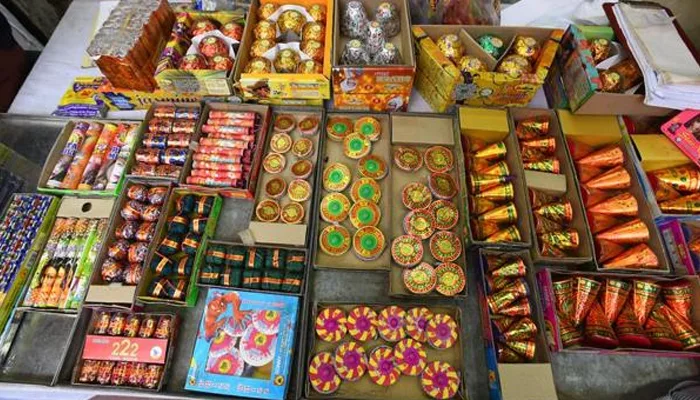
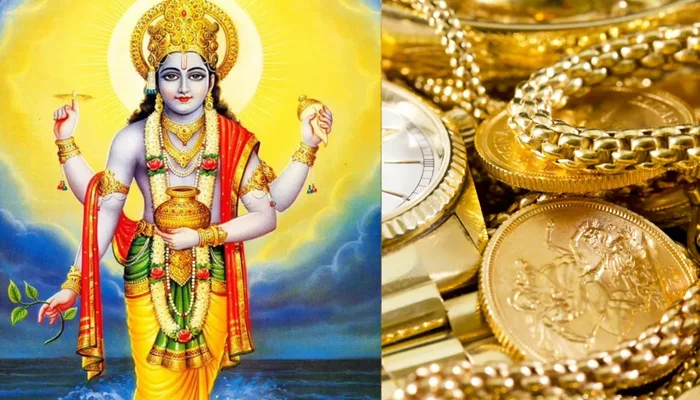
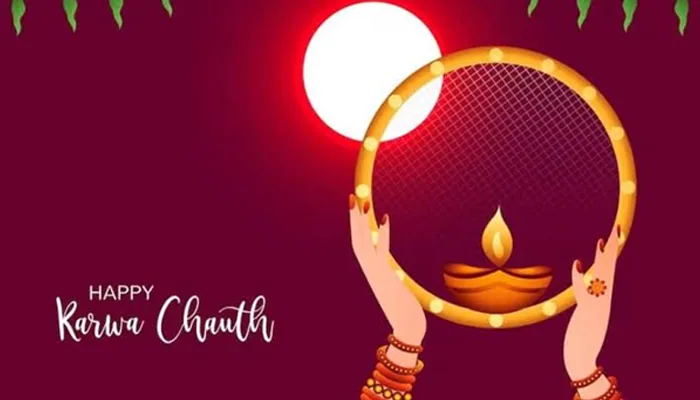

.webp)
